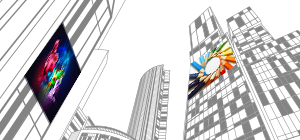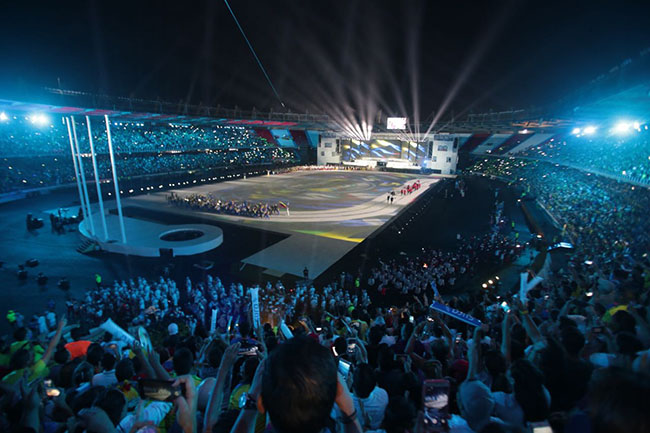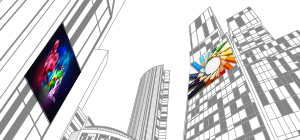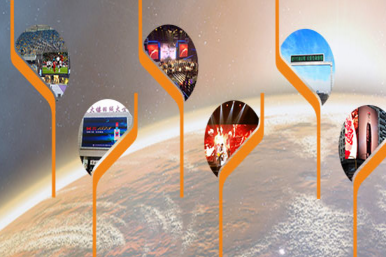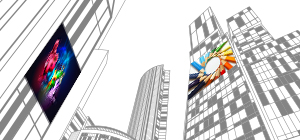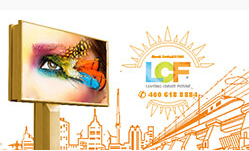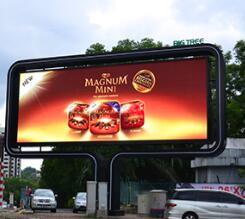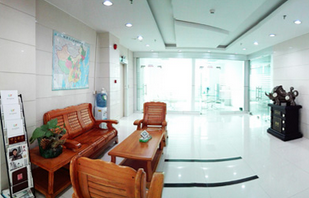Publisher: Supplier of LED Display Time: 2017-02-12 09:52 Views: 4288
In this rapidly developing era of the 21st century, the customization of LED display screens has become more popular in the market, especially in the previous March and April, when Premier Li Keqiang answered reporters’ questions at the National People’s Congress press conference, “customized production” was adopted. Incorporated into the main category of developing the "new economy", positioning it as a new driving force for China's economic development, and allowing "customization" to develop rapidly from then on, with a momentum of rising to three thousand feet. But behind this, there are also some doubts from the field of standardized production in the industry: standardization is the king of manufacturing. It remains to be discussed whether standardization is the kingly way or customization is kingly way.
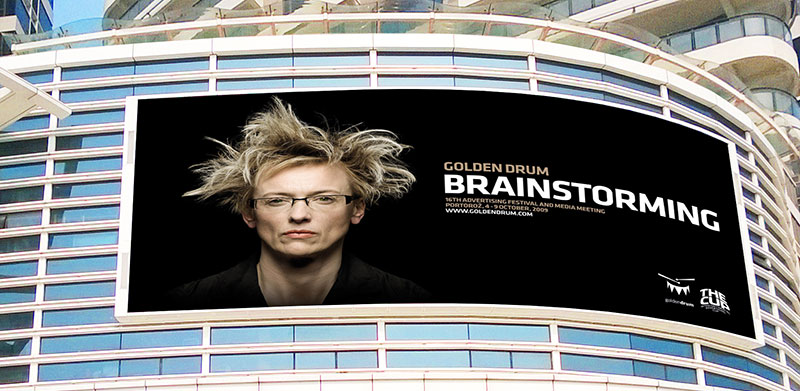
The editor remembers that a company’s corporate boss once said that standardization should be the big dream of companies in the outdoor display field. Only when standardization in all walks of life can achieve quantification of production and achieve the greatest reduction in costs, companies can adapt to the industry in various application fields. The need for standardization can further promote enterprises to expand the market.
However, with the increasing requirements of people’s perception ability, and the integration of information display and design experience, scene experience, cultural architecture and other factors, the Galenian concept of integration and artistic experience is now impossible to achieve by standardization. This makes personalized customization come into being and get a major advantage in rapid development.
Personalized demand concept has a very popular uniqueness, and for a broad audience, it can be more targeted to achieve demand. There are also many companies that believe that in this era of individualization, the personalized customization of the company's precise audience push will become the main development trend in the future. This is mainly not to say that a certain product is purchased more and more in the market, and its market share will be larger and larger, but this kind of differentiated competition trend. How does your brand stand out in the vast market? Personalized products are the selling point and a powerful weapon in the market.
With the growing popularity of the 21st Century Internet era, a new round of market vitality has exploded, and market demand is no longer the same. Many users are no longer satisfied with the same mass product customization in the past, but pursue Unique and unique products customized for yourself. For many LED display manufacturers, the increasingly fierce competition in the industry has also become a top priority for seeking a unique way of survival. Catering to the consumer needs of customers, creating highly personalized customized products for customers has become a priority for many manufacturers. New breakthrough. In addition to the gradual changes in many policies, the development of personalized customization is getting faster and faster, and the momentum is gradually overshadowing the pace of the era of standardization.
As far as the current society is concerned, both standardization and customization are the current problems facing the display market. Both standardization and customization have their own strengths: standardized production can reduce production costs, reduce consumption, and bring greater benefits to consumers. Customized production can meet the individual needs of consumers; on the surface, personalized customization is "obstructed" by standardization, and customization is hindered by the inability to fully realize exclusive manufacturing. But from a fundamental point of view, both are based on market demand. Standardized production is aimed at the target group, while customized production is specifically aimed at target individuals and groups. The two seem to have different directions, but in reality They are not mutually contradictory and incompatible pairs of stereos, but should be a fusion that complements each other.
With the gradual arrival of the machine industry era, the efficiency, quality and accuracy of the display manufacturing industry have been greatly improved, and the manufacturing cost has also been greatly reduced from the initial manual manufacturing to the current industrial automated production. , And the core of automated production is standardization. Standardization of technology, standardization of product templates, and standardization of production procedures. Only a complete series of standards can achieve true automation. Although customization has the attributes of personalized customization, it is not customized away from the automated production of enterprises. The truly competitive and sustainable customization is actually based on standardization. In a series of complete standardized products, the key According to the customized needs of customers, the functional modules can be combined arbitrarily to bring technology and products to the forefront of customer needs, improve the speed and quality of customization, and save time and labor costs. This is the ideal and true meaning in the future. Personalized customization on the Internet. All in all, individualization is a demand, and standardization is a trend. The two must complement each other, develop together, and have no conflicts. Only this will promote the stable and rapid development of the LED display industry.
